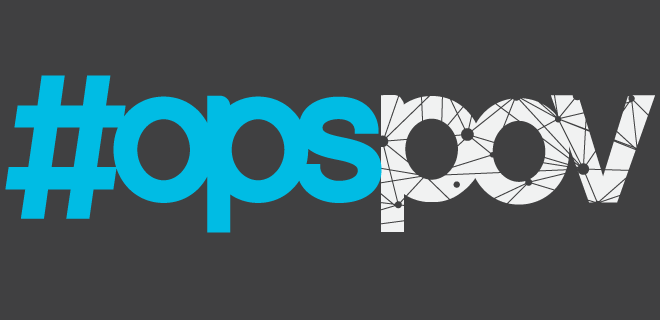
Facebook is catching heat right now from agencies about an apparent long-standing discrepancy in the way it reports video ad performance. It’s debatable how much of an impact this has had to date on either Facebook’s or agencies’ businesses. But a highly public flare-up like this sure looks like a noteworthy point in conversations about viewability, industry-wide transparency, and what to make of Facebook’s gigantic footprint on the video market.
In short, here’s what happened: For two years, Facebook was reporting only video plays that lasted for more than three seconds. They’d categorized that stat as “Average Duration of Video Viewed.” A Facebook rep told Publicis this discrepancy means the network inflated the average user’s time spent watching video content on its platform by as much as 60%-80%.
Facebook says this has all been sorted out now: They’ve renamed the troublesome stat Average Duration of Video Viewed, and going forward, it’ll account for video views of any length. That figure will appear in Facebook’s reporting dashboards and in Facebook-generated resources buyers can access. Facebook says the discrepancy won’t affect billing, because it doesn’t bill for video ads played for less than three seconds, in the first place.
Facebook’s tone in all this has been respectful yet nonchalant—now everyone knows, and the problem’s been put to bed—but agency people are displeased. From the agencies’ perspective, they’ve been doing the legwork and due diligence to bring transparency to their reporting. They’ve invested in measurement tools, partnered with third party vendors, shared data.
Meanwhile, Facebook has been reluctant to onboard third parties for measurement and reticent to share the results with buyers. Credit where credit’s due—the company is willing to share, particularly if buyers ask first. But agencies would be wise to know what data to ask for.
It’s understandable for publishers to be miffed, too. They’re the ones creating the video content that goes up on Facebook anyway. And beyond that, publishers have been jumping through all the hoops to justify buyers’ investments in their digital properties. It’s gotta smart a little, hearing agencies beat the drum for higher viewability rates for years, only to find out Facebook has been fudging the numbers on video views.
Here’s the opportunity for publishers to demonstrate their value to buyers versus that of Facebook—and to recognize Facebook isn’t quite the Goliath figure it appears to be. The gripe agencies have with Facebook right now isn’t really about money, per se—there’s no indication the video reporting discrepancy affects billable views—but it’s definitely about trust.
Agencies should invest more in their most trusted partners. The onus, for a long time, has been on publishers to be as open and transparent as possible about ad performance. Frankly, they’ve been sweating to deliver the stats to buyers, and they need to come forward and demonstrate to buyers that those stats are real and trustworthy.
Agencies are insisting they need to invest with partners who are willing to play ball when it comes to sharing reports and transacting on the metrics that matter to their advertiser clients. If they’re not getting that from Facebook, well, who’s it going to be?